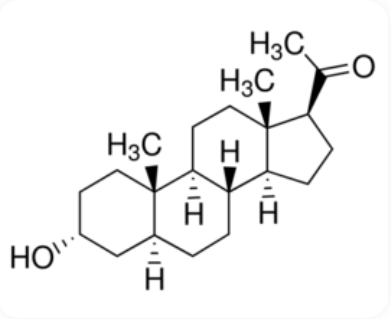

Volume 117
Published on June 2025Volume title: Proceedings of ICBioMed 2025 Symposium: Computational Modelling and Simulation for Biology and Medicine
Under normal physiological conditions, tau protein can maintain the function of microtubules, while under pathological conditions, it dissociates from microtubules and aggregates, thereby disrupting microtubule function and ultimately leading to neuronal damage and the development of neurodegenerative diseases. Under pathological conditions, tau protein undergoes modifications such as phosphorylation, acetylation, ubiquitination, and truncation. These changes lead to the formation of neurofibrillary tangles through various mechanisms and ultimately cause Alzheimer's disease. In response to these diverse pathogenic mechanisms, people have developed a variety of potential therapeutic approaches targeting the underlying causes, such as modulating autophagy, inhibiting tau protein aggregation, clearing tau protein and so on. These studies demonstrate that the progression of neurodegenerative diseases, headed by Alzheimer's disease (AD), can be inhibited. This article aims to discuss the limitations in the aforementioned mechanisms and their corresponding therapeutic approaches, and to explore whether there are methods and ideas to address these shortcomings. Regrettably, the current potential therapeutic approaches are still unable to completely cure Alzheimer's disease, and the conditions required for treatment are rather demanding. However, these therapeutic methods may potentially serve as means for the early diagnosis and prevention of Alzheimer's disease. This article may provide more ideas for new therapeutic approaches to AD and other neurodegenerative diseases.

 View pdf
View pdf



At present, the scientific research field has conducted in-depth research on its pathogenesis, and a large number of studies have shown that Gamma-Aminobutyric Acid (GABA) ergic neuronal downregulation plays a key role in the pathogenesis of major depression. As a critical inhibitory neurotransmitter in the central nervous system, the abnormal downregulation of GABA neurons will break the balance of the neurotransmitter system. This disruption subsequently interferes with the normal transmission and regulation of neural signals, ultimately leading to multifaceted abnormalities in emotional, cognitive, and physiological functions—processes that collectively drive the onset and progression of major depression. This article reviews the existing experimental evidence of GABA's influence on the development of depression, and provides the basis for further research.

 View pdf
View pdf




